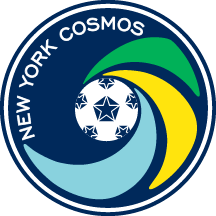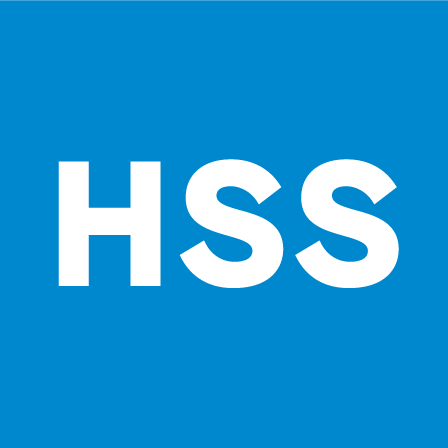News
THROWBACK THURSDAY: Pelé lights the spark
.jpg)
There have been many seminal moments in the history of United States Soccer. Joe Gaetjens' goal to beat England at the 1950 World Cup, Paul Caligiuri's goal against T&T on November 19, 1989 to put the U.S. in the World Cup for the first time in 40 years, Brandi Chastain's penalty kick to give the U.S. WNT the 1999 Women's World Cup title, the start of MLS. All were part of bringing the game of soccer to where it is today.
But perhaps none are as important as the one that took place on June 15, 1975 at an overcrowded stadium on an island in New York's East River.
That's the day Pelé made his debut in the North American Soccer League with the New York Cosmos. Arguably, without that, none of the other may have mattered. Indeed much of it may not have happened. For as the New York Daily News put it, that moment marked soccer's arrival in the United States.
The idea to sign Pelé actually came many years before it happened, according to former Cosmos General Manager Clive Toye, who presented the Brazilian superstar with a #10 Cosmos jersey before an exhibition game at Yankee Stadium in 1971.
Toye and the Cosmos began their pursuit in earnest in 1975, the year after Pelé retired from playing with Santos FC.
The signing took place on June 10 before an overflow crowd at Club 21, the famous former speakeasy in New York that happened to be directly across the street from the headquarters of Cosmos owners Warner Communications.
Originally, Pelé was going to make his debut that evening in a road game against the Philadelphia Atoms at Veterans Stadium, but it was decided to hold off until an exhibition against the Dallas Tornado five days later at aging Downing Stadium on Randall's Island, under the Tri-Borough (now RFK Memorial) Bridge
Fans started lining up outside the decrepit stadium, which had seen better days, as early as 10 am for a scheduled 3:30 kickoff, and an hour after the start, some were still trying to get in, with scalpers commanding $20 for a $6 ticket.
The setting for the game was a bit surreal, an aging concrete horseshoe built as part of FDR's Works Project Administration and the scene where Jesse Owens qualified for the 1936 Olympics. The lights were discards taken from Ebbets Field when it was torn down more than a decade earlier, and the field a patchwork of bare spots and unkempt tufts that passed for grass. The prep for the arrival of the greatest soccer player ever has since become part of the legend of the game, the dirt being painted green in order to show up better on national television.
Despite the less than idyllic setting, Pelé did not disappoint the 21,278 in attendance, even if the Cosmos looked more like a beer-league team than the assemblage of world-class stars they would later become.
Dallas took a 2-0 first half lead on an Alty McKenzie goal and a ball that deflected off Cosmos defender Mike Dillon.
Pelé had originally only planned to play the first half, but came out for the second to spark the Cosmos to the draw.
First he set up Israeli World Cupper Mordechai Shpigler to make it 2-1, then he gracefully rose above a scrum to snap a perfect header off a Shpigler corner kick into the Dallas net.
America's soccer future had begun.
North American Soccer Guide 2017 is the only place to find a comprehensive view of North American Soccer. If you love the game, you'll love The Guide. There's nothing else like it. Anywhere. To Buy, Click here.
Special guest contribution by Charles Cuttone. This article can also be found on North American Soccer Guide and Big Apple Soccer.







